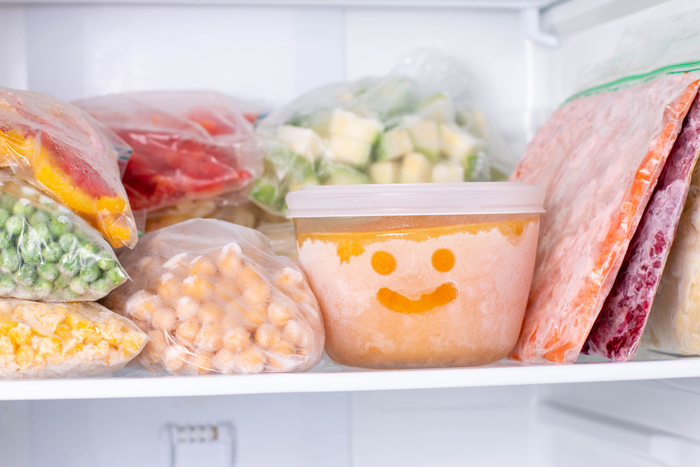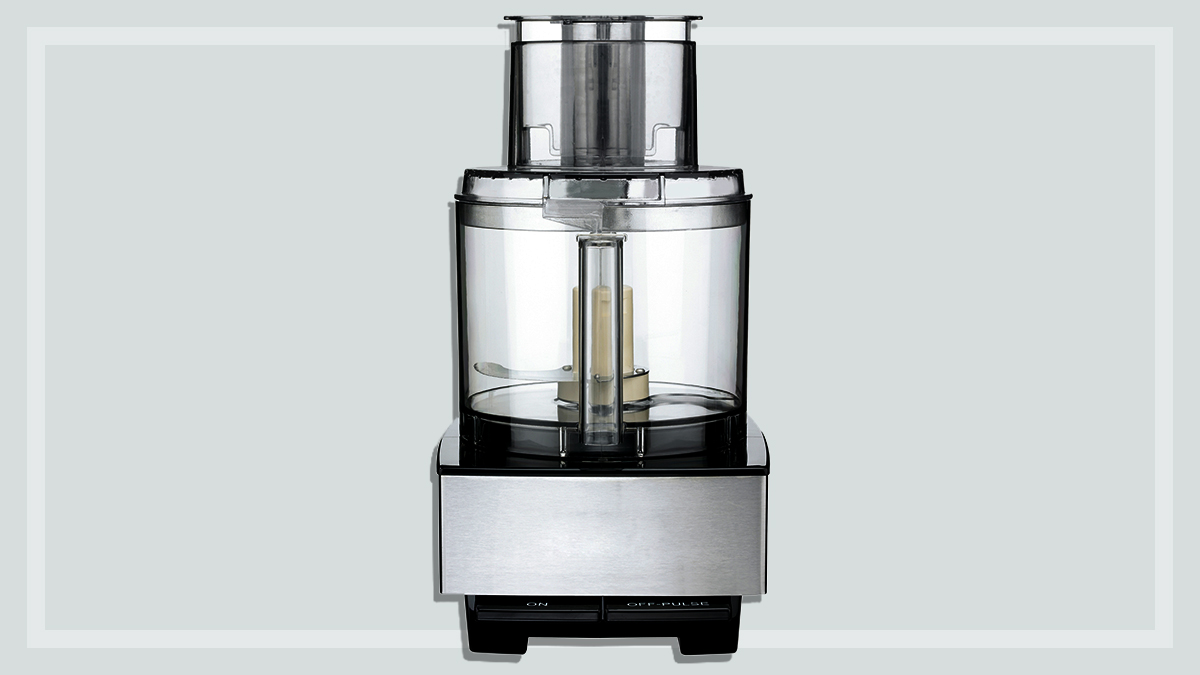Get our independent lab tests, expert reviews and honest advice.
7 ways to save money feeding your kids

It is a truth universally known by parents that there’s nobody on earth who is hungrier than a child inside their own home.
Whether school holidays are coming up and you’re about to be trapped indoors with empty tummies on a daily basis, or you have pre-schoolers or homeschoolers home with you all day every day, the never-ending chorus of “I’m huunnngrryyy” can send chills down the spine of even the most seasoned parent.
Add the fact that kids notoriously love to take one bite out of something before discarding or rejecting it, alongside the increasing cost of groceries, and the family food budget is being put under serious strain for many of us.
As resident cheapskate at CHOICE, and the parent of a toddler and a five year old, I have come up with quite a few strategies for saving money on feeding kids. Here are seven of them.
1. Keep all their half-eaten fruit and veg
OK, yes, it sounds gross, but I hate waste, and repurposing food that would otherwise be thrown away just feels so good. Plus, it will save you money.
Fruit
If you’ve ever spent an entire day home alone with young kids and not ended up with multiple pieces of half-eaten fruit, then I salute you. But when bananas are selling for almost $1 a pop, throwing out half of what you buy just isn’t an option.
Instead, keep a bowl in your fridge where you store any “opened” fruit. Just chop off the bits that have come into contact with anyone’s mouth, then cut up the rest and add to smoothies or baked goods, or puree to use in the morning porridge.
If you think you won’t get around to it any time soon, you can also just remove any peel and store leftover fruit in the freezer for future use.
Vegetables
In an effort to get my kids accustomed to eating more vegetables, I follow the idea of vegetable ‘exposures’, which basically translates to continuously putting vegetables on your kids’ plates even though you know they won’t eat it, in the hope they’ll one day give it a try and actually like it.
As a result, I have a lot of leftover vegetable pieces at the end of the day. Whether or not you follow this approach, chances are you probably have your fair share of rejected vegetables too.
Instead of throwing out these (usually untouched) morsels, I often save them and blend them into a tomato-based sauce for use in a lasagne, pizza or pasta sauce. It minimises waste and adds a nutrient boost to our meals.
2. Keep some meals in the freezer at all times
There’s nothing worse than getting to lunchtime and realising you have nothing substantial to feed your hungry kids. You can end up buying pre-prepared food or takeaway meals out of desperation, which can quickly blow out your weekly grocery budget.
My insurance policy against this is to always have a few things in the freezer that I can throw straight in the oven to whip up a passable meal, even when I have nothing in the fridge and no patience or wherewithal to make anything from scratch.
If you’ve got time, bulk cooking and freezing some of your kids’ favourites, like sausage rolls and pies, can save you lots. It also means you have something home-cooked and healthy to serve them at a moment’s notice. (Plus, you can blend in some of the leftover vegies you’ve stored over the week.)
If you’ve got time, bulk cooking and freezing some of your kids’ favourites, like sausage rolls and pies, can save you lots
If you don’t have time (or don’t want) to cook things yourself, having frozen pre-made options from the supermarket such as pizzas, pies and dumplings will still save you money if it stops you from resorting to expensive takeaways.
If you have an air fryer, it means you’ll be able to get a meal on the table pretty quickly. Air fryers also use less energy than your oven, so cooking your frozen food in one can save you just that little bit more.

3. Make your own pre-portioned snacks
There’s nothing kids love more than fun-sized packets of their favourite snack foods. And they will often beg relentlessly for them when they’re home with you.
The only catch is, you’re almost always charged a significant premium for the privilege of all those little baggies.
You can definitely save money (and plastic) by buying large pack sizes of things like chips, sultanas, cheese and yoghurt, and splitting them up into reusable bags or containers yourself, ready to be conveniently dispensed at a moment’s notice.
4. Always pack snacks (and water)
If you’re venturing out with your little ones, always, always pack snacks. This is especially true if you’re heading somewhere that charges a premium for food like a zoo or theme park.
If you’re going to the cinema, you can save lots of money with a DIY pick ‘n’ mix. Pack a bento box with things like popcorn, pretzels, fruit and a few treats. This will not only be way cheaper than the candy bar, it’s also healthier and will keep your kids fuller for longer.
You can save lots of money with a DIY pick ‘n’ mix. Pack a bento box with things like popcorn, pretzels, fruit and a few treats
And remember – snacks are not just for toddlers. Even older kids will often develop sudden hunger pangs when you’re out of the house and the only option is to buy severely overpriced food.
Don’t forget to pack extra for yourself, too. A day out with kids can be exhausting and it’s actually surprisingly helpful to have some energy-boosting foods with you.
And of course, nothing horrifies my spendthrift sensibilities quite like paying good money for a bottle of water. You know, the stuff that comes (essentially) for free from your tap at home? Always pack a water bottle.

5. Make treats together
If you have toddlers, ignore this one – I don’t want to be responsible for encouraging anyone to try to cook while their child tips flour all over the floor and stabs themselves with a fork.
But if you have older kids and you want to treat them to food such as biscuits, popcorn or ice cream, you might as well turn it into an activity.
It also gets kids interested and involved in the cooking process – it may feel more special to them than buying something at the shops
Not only can it save money making these yourself, it also gets kids interested and involved in the cooking process – it may feel more special to them than buying something at the shops.
Take it as an opportunity to use up ingredients you already have on hand (like half-eaten bananas) or things that are about to go out of date and would otherwise be wasted, such as milk or cream.
6. Find your go-to cheap meals
Feeding kids (and ourselves) is relentless, and sometimes we just want to tick the task off with minimal fuss and cost.
It’s a good idea to always have some low-effort, low-cost meal ideas that your kids will actually eat. Of course, what those meals may be will vary greatly from one family to the next.
Some ideas include:
- eggs on toast or French toast
- cheese toasties
- mini pizzas
- baked beans
- pasta with a tomato or cheese sauce
- chicken wings or drumsticks
- snack platters using whatever you have in the fridge – carrots, dips, salami sticks, corn chips, etc.
Add a piece of fruit or some sliced raw veg and you’ve got yourself a pretty decent meal.
7. Shop around
Of course, when you’re feeding a family, getting the best price on your weekly shop can go a long way towards cutting your overall spend.
While it’s not the most convenient option, splitting your grocery shop across multiple stores can be the best way to do this. Members of our CHOICE Community estimate that they save 20–40% off their weekly grocery bill by taking the extra time to shop across multiple outlets.
As a busy parent, I obviously don’t relish the idea of visiting multiple retailers, but I also refuse to pay more than I need to. So, my strategy is to combine a click and collect order with an in-person Aldi shop.
My strategy is to combine a click and collect order with an in-person Aldi shop
First, I check the online specials of both Coles and Woolworths and choose whichever has the best specials to place my order with that week.
I fill my cart with all the items that have a decent sale price, and any specialty items that Aldi doesn’t sell (like nori sheets, specific brands of snacks my kids like, etc). Then I head to Aldi for all the rest of the items I need for the week, and organise to collect my Coles or Woolies order at the same time.
It’s not an exact science, but it keeps my grocery costs manageable.






